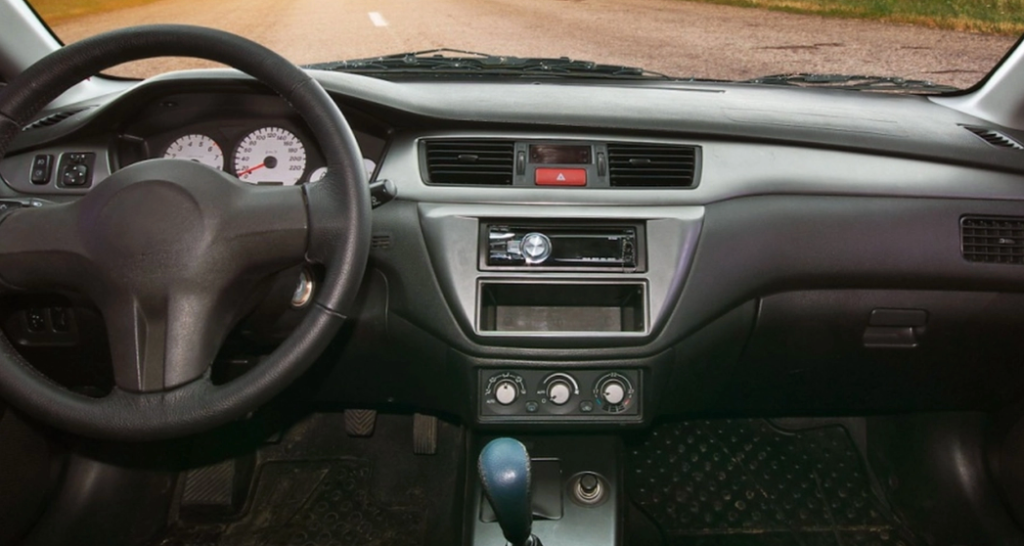The move from physical buttons to touchscreens has changed vehicle design and user interaction, but safety concerns are now reversing this trend.
Others are reading now
The shift from physical buttons to touchscreens has transformed how users interact with their vehicles, allowing for sleek design and multi-function interfaces. Yet, this trend is beginning to reverse due to mounting safety concerns.
Automakers have adopted touch-based controls to deliver a high-tech experience while reducing costs by consolidating multiple functions into a single screen.
But as technology advances, the lack of physical buttons for critical functions has raised concerns about safety and user-friendliness, particularly when drivers require swift access to certain controls while driving.
Also read
New Challenges for Automakers
In response to these concerns, Euro NCAP, the European New Car Assessment Programme, has introduced new rules requiring automakers to use physical buttons for important functions like the horn, windshield wipers, hazard warning lights, and emergency call systems.This ensures that drivers can quickly access these controls without navigating touchscreen menus, promoting safety on the road.
The Times reported that failure to include these physical controls could result in lower safety ratings for new car models.
BMW CEO Oliver Zipse recently suggested in an interview with Automotive News that large touchscreens might eventually be banned from cars, hinting at future legislative changes.
“In ten years, they’ll be gone,” he said, adding, “Legislators probably won’t allow it then.”
Reassessing Design Strategies
Euro NCAP’s tests are not legally binding, but they are influential because they help buyers understand a car’s safety. A low safety rating could affect a car’s sales, which is why automakers are refocusing on providing physical buttons for critical functions.
Some car manufacturers are already revising their designs to meet Euro NCAP’s new guidelines.


